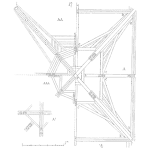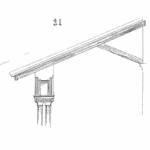
We use a sample to estimate a parameter from a population. Sometimes the sample just doesn’t have the ability to discern a change when it actually occurs.
In hypothesis testing, we establish a null and alternative hypothesis. We are setting up an experiment to determine if there is sufficient evidence that a process has changed in some way. The Type II Error, $-\beta-$ is a measure of the probability of not concluding the alternative hypothesis is true when in reality it is true.
The power, $-1-\beta-$, reflects the ability of the sample to correctly lead us to the conclusion that an actual change has occurred when in reality it actually has. [Read more…]




 Most maintenance and reliability professionals have seen the six failure patterns (or failure hazard plots), described by Nowlan and Heap. In case you are unfamiliar with them, you can learn more about them
Most maintenance and reliability professionals have seen the six failure patterns (or failure hazard plots), described by Nowlan and Heap. In case you are unfamiliar with them, you can learn more about them 




